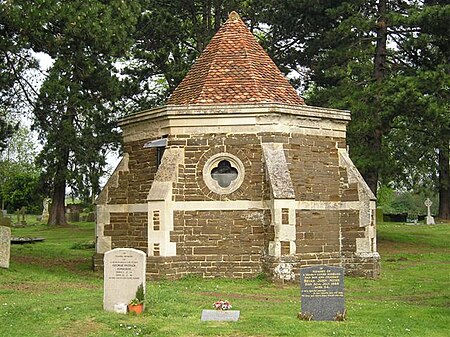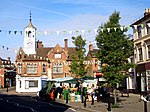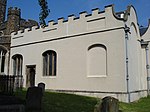Maulden
AmpthillCentral Bedfordshire DistrictCivil parishes in BedfordshireUse British English from September 2013Villages in Bedfordshire

Maulden is a village and civil parish located in the county of Bedfordshire. The village is located 1.5 miles east of Ampthill and about 8 miles (13 km) south of Bedford. It has about 1,250 homes and 3130 residents.Maulden is referred to in the Domesday Book as Meldone and the meanings ascribed to the various versions of the name include "cross on the hill", "high down" and "place of meeting". The village forms part of the Ampthill ward in the administrative area of Central Bedfordshire. An active Parish Council meets every five weeks - the clerk is Tracey Bearton.
Excerpt from the Wikipedia article Maulden (License: CC BY-SA 3.0, Authors, Images).Maulden
Moor Lane,
Geographical coordinates (GPS) Address Nearby Places Show on map
Geographical coordinates (GPS)
| Latitude | Longitude |
|---|---|
| N 52.03 ° | E -0.47 ° |
Address
Maulden Bowls Club
Moor Lane 32
MK45 2DJ
England, United Kingdom
Open on Google Maps









